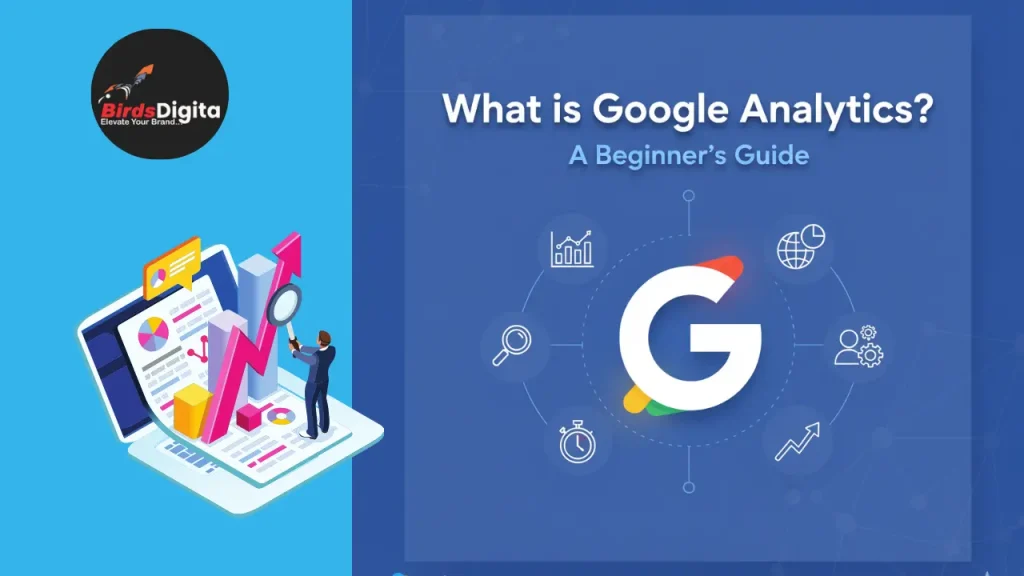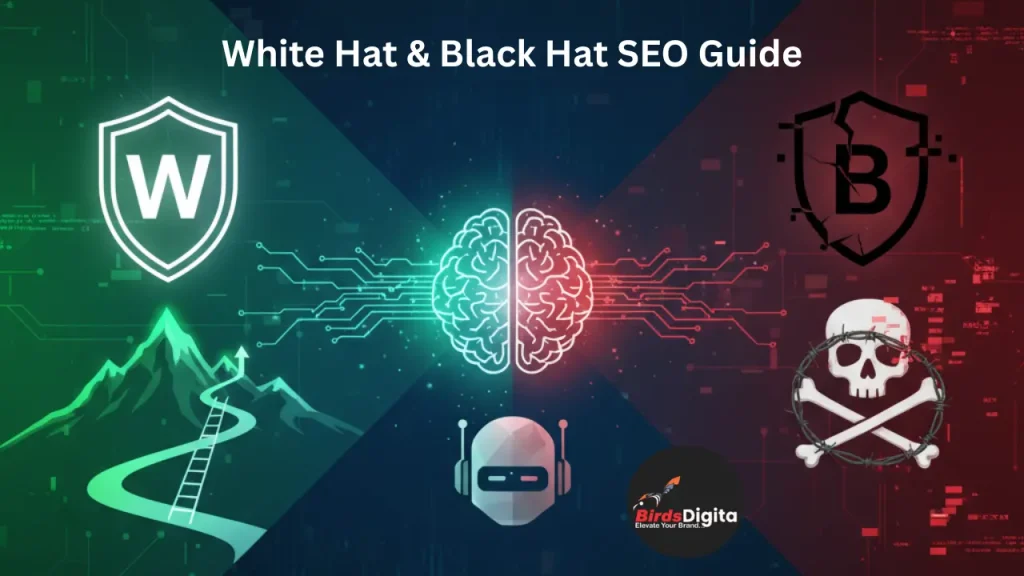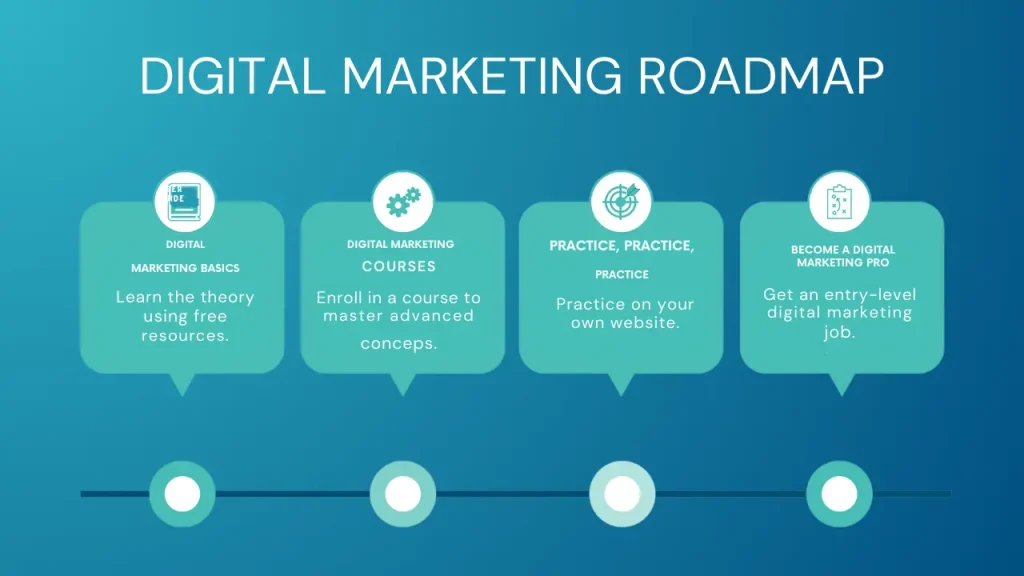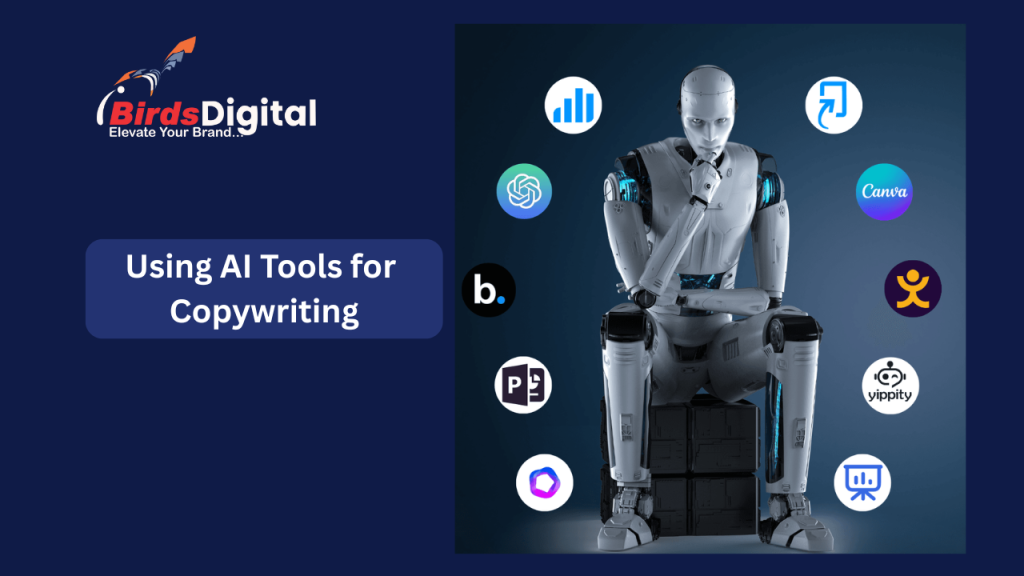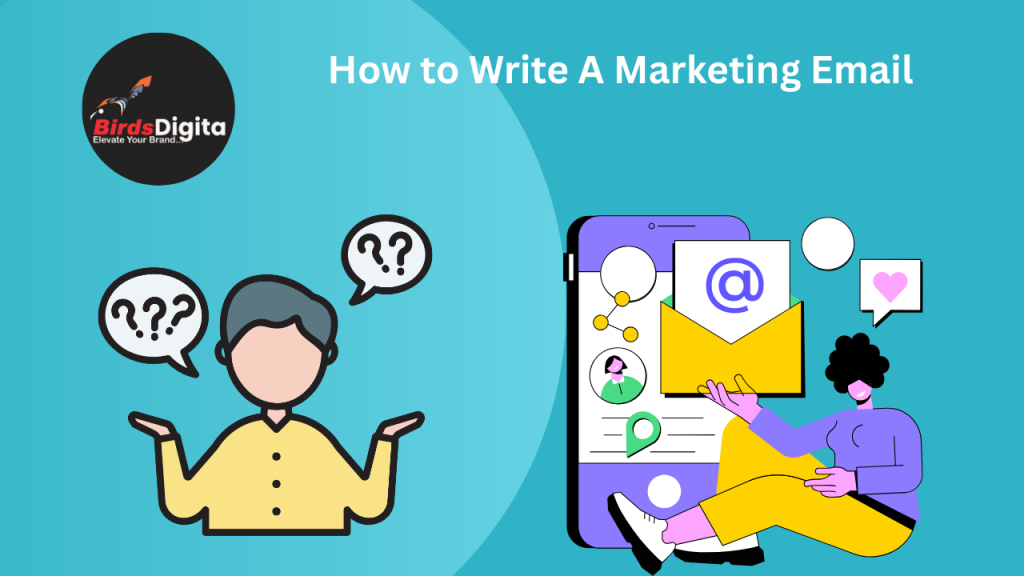Every day, people are exposed to hundreds of marketing messages, yet only a handful truly stand out. The difference lies in the way those messages are delivered. A plain advertisement may fade away, but a compelling story creates a lasting memory. Brand storytelling is more than just sharing product details; it is about communicating values, emotions, and experiences in a way that audiences can relate to. In today’s fast-moving digital world, storytelling has become one of the most powerful tools for marketers, businesses, and professionals who want to build meaningful and authentic connections. It not only helps a brand communicate what it represents but also shows why it matters in people’s lives.
What Is Brand Storytelling?
Brand storytelling is the art of presenting information about a business or product through narratives that feel human and relatable. Unlike traditional marketing that often focuses only on features and benefits, brand storytelling highlights the purpose behind a brand, the mission it follows, and the real impact it creates for customers. A strong story may showcase how a company began its journey, how it helped a customer solve a problem, or how its values align with the audience’s own beliefs. When stories are authentic, they do more than attract attention; they build trust, strengthen brand identity, and leave an emotional mark that facts alone cannot achieve.
Why Brand Storytelling Matters in 2025
In 2025, digital marketing has become more competitive than ever. People scroll through endless posts, videos, and ads across multiple platforms, which makes capturing attention extremely challenging. Facts and features may generate awareness, but they rarely inspire loyalty. This is where storytelling makes a difference. A relatable story not only draws attention but also keeps people engaged for longer. Audiences are more likely to remember a story compared to plain information about a product. Emotional engagement creates stronger bonds, which in turn increases customer retention and brand advocacy. Storytelling also improves website performance because people are more likely to stay, read, and interact with content that feels authentic. On social media, stories are shared more frequently than traditional marketing posts, which helps in expanding organic reach. From a business perspective, storytelling also influences conversions, as customers who emotionally connect with a brand are more likely to make repeat purchases and recommend it to others.
Key Elements of a Strong Brand Story
A strong brand story usually follows certain elements that make it both engaging and memorable. The most important principle is to place the customer at the center of the story. Instead of making the brand the hero, the narrative should show the customer as the one overcoming challenges with guidance from the brand. This approach not only makes the story relatable but also builds a sense of empowerment. Another crucial element is a clear challenge or problem. When audiences recognize a difficulty that feels real and relevant, they pay attention to how it will be resolved. The next step is to introduce the brand as a natural guide or supporter, not as the main star. Showing how the brand’s product or service contributed to the solution in an authentic manner helps the audience believe in its credibility. Once the solution is established, the story should highlight the positive outcomes and impact on the customer’s life or business. Finally, a good story invites others to relate, take part, or imagine themselves in the same journey. This invitation strengthens engagement and motivates action.
How to Build a Brand Story
Creating a compelling brand story does not require complicated strategies; it requires honesty and structure. The process begins with identifying a problem that a customer faced. Sharing their journey, struggles, and emotions makes the story real and human. Once the challenge is presented, the brand should be introduced in a supportive role, showing how it offered solutions naturally without exaggeration. The results should be highlighted in a way that feels both inspiring and relatable, showing the tangible difference it created. Finally, the story should invite other customers to connect, explore similar solutions, or share their own experiences. This method keeps the story simple, engaging, and closely aligned with marketing objectives. When brands follow this storytelling framework consistently, they build credibility and long-term trust with their audience.
Storytelling Formats for Digital Platforms
One of the strengths of storytelling is its flexibility across formats and platforms. Short videos are highly effective for social media because they quickly capture attention and show real experiences in just a few seconds. Longer blog articles serve a different purpose by building thought leadership, improving SEO, and providing in-depth narratives that audiences can connect with. On platforms like Instagram or LinkedIn, micro-stories in the form of quick posts, reels, or polls are effective for instant engagement. Email newsletters can carry personalized stories that build closer customer relationships, while website landing pages can use narratives to guide visitors toward conversions. The key is to adapt the same story into multiple formats so that it reaches audiences in ways that suit their preferences. This multi-format approach balances depth with reach and ensures that the story creates impact across the entire digital ecosystem.
Role of Technology in Storytelling
Technology has added a new dimension to brand storytelling, offering tools that make stories more interactive and personalized. Artificial intelligence is increasingly used to organize ideas, generate content frameworks, and even suggest new ways to structure stories. Augmented reality and virtual reality take storytelling beyond words and visuals, allowing audiences to immerse themselves in experiences and interact with a brand in unique ways. Data analytics also plays a vital role by offering insights into customer preferences, which helps in creating stories that feel highly personalized. However, while technology makes storytelling more engaging, it should never replace the human touch. The emotional connection is the foundation of every good story, and technology should act as a support system that enhances, not substitutes, the human element.
The Power of Private Storytelling and Dark Social
Not all stories are shared publicly. Many of them travel through private channels such as messaging apps, emails, or closed groups, often referred to as dark social. These shares may not always be visible in analytics, but they carry immense value because they happen through personal recommendations. Stories that are emotionally relatable, surprising, or highly useful are more likely to be shared privately. Including memorable quotes, impactful statistics, or simple takeaways makes it easier for people to forward them to others. This type of organic sharing often creates deeper trust because it comes from a personal source rather than direct advertising. For brands, focusing on creating authentic and shareable stories ensures that they continue to spread even in spaces that cannot always be tracked.
Measuring the Impact of Brand Storytelling
Measuring the effectiveness of storytelling requires looking beyond surface-level metrics like clicks or impressions. One of the key indicators is the completion rate, which shows whether people are consuming the entire story from start to finish. Another important factor is the quality of engagement. Meaningful comments, discussions, and shares hold more value than generic likes. Conversion metrics also need to be tracked to understand how storytelling influences purchasing behavior or sign-ups. Over the long term, customer lifetime value is a strong measure of storytelling success, as it shows whether emotional connections are translating into stronger relationships and repeat business. By monitoring these metrics, marketers can refine their strategies and ensure that storytelling directly contributes to business objectives.
Common Mistakes to Avoid in Storytelling
While storytelling is powerful, it can lose its impact if certain mistakes are made. One of the most common issues is making the brand the hero instead of the customer. Audiences are not interested in exaggerated claims but in real human experiences. Another mistake is presenting overly polished stories that feel unrealistic and staged. Authenticity should always come first. Repeating the same story across every platform without adaptation can also weaken its effect. Each channel has its own audience behavior, and stories should be tailored accordingly. Focusing too much on features instead of emotions is another common pitfall. Features may explain a product, but experiences explain the brand’s value. Avoiding these mistakes ensures that stories remain relatable, credible, and engaging.
Building a Culture of Storytelling
For long-term impact, storytelling should not be treated as a one-time marketing campaign but as a consistent practice embedded in the organization’s culture. Businesses should regularly collect stories from both customers and employees. Using simple templates and structured formats can help maintain consistency across channels. Teams from sales, customer support, and product development can contribute real-life experiences that often resonate more than carefully written advertisements. When storytelling becomes a shared responsibility, it reflects the brand’s values in an authentic way and creates a continuous flow of narratives that strengthen the overall digital presence.
Conclusion
Brand storytelling has evolved into one of the most powerful strategies in digital marketing. It goes beyond traditional promotion by creating emotional connections that inspire trust and loyalty. By focusing on the customer’s journey, showing authentic challenges, and presenting genuine solutions, businesses can craft stories that leave a lasting impression. Consistently sharing these stories across different formats and platforms ensures that they reach the right audience while strengthening brand identity. For marketers, entrepreneurs, and organizations in 2025, storytelling is no longer optional—it is a necessity for building engagement, improving customer retention, and enhancing brand presence in an increasingly competitive digital world.
iBirds Digital, we help businesses transform their communication through powerful and authentic storytelling. Get in touch with our team today to craft narratives that not only engage but also convert.
FAQs
Q1: How long should a brand story be?
It depends on the platform. Social posts are short and direct, blogs are longer (1,200–2,000 words), and videos can be 1–3 minutes.
Q2: Can small or technical industries use storytelling?
Yes. Every industry impacts people, and these experiences can form relatable stories.
Q3: How often should stories be shared?
Consistency matters more than frequency. Two to four well-crafted stories per month, supported by micro-stories, is effective.
Q4: Can AI replace human storytelling?
AI helps with ideas and structure, but authentic stories need human insight and emotion. Best results come from combining both.



